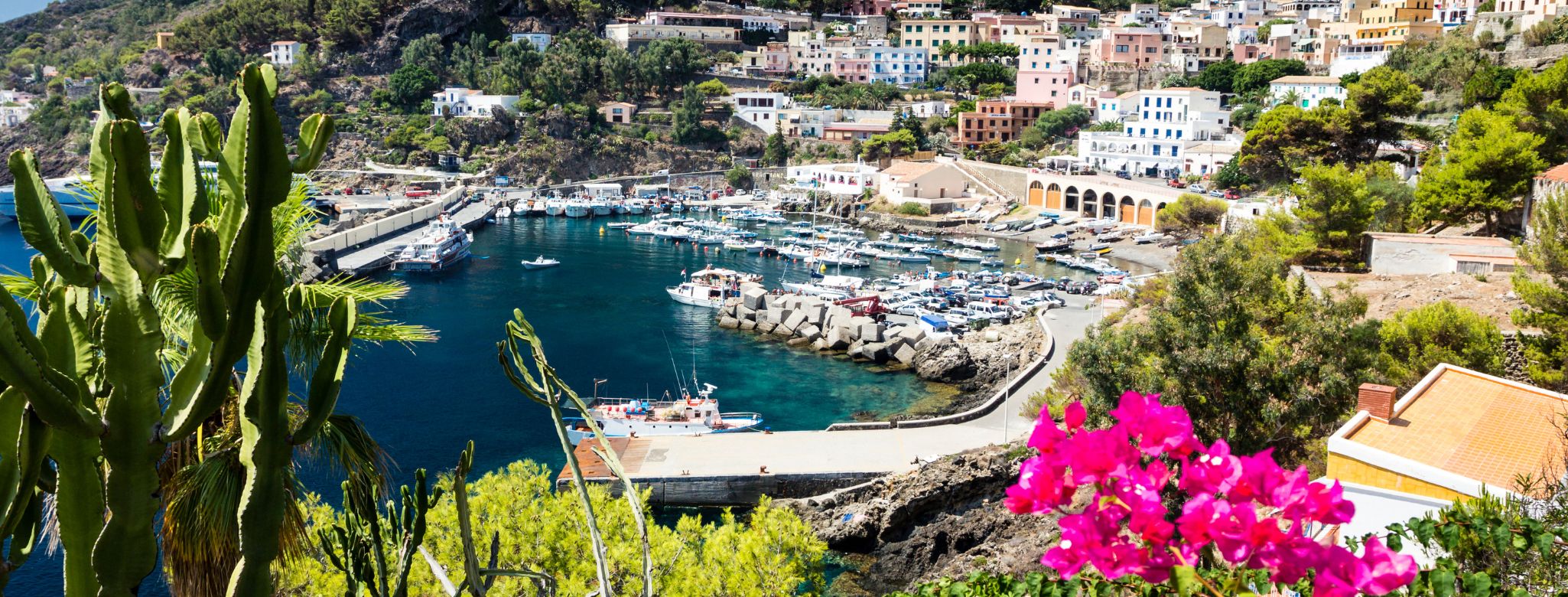SPRING
2022
The temples, the Valley, the monuments of the historic center... Agrigento is this and much more
Alongside the immense and extraordinary archaeological heritage part of the UNESCO World Heritage List, the city of Agrigento includes, in its territory, fascinating environmental treasures, where art, culture, and nature blend harmoniously. If Pindar defined ancient Akragas "the most beautiful city of mortals", today, after two thousand and five hundred years, we can only agree while admiring the splendor and majesty of his temples. The first nucleus of the city, the work of a group of Geloi settlers, dates back to 580 BC. and took its name from the river of the same name which, together with the Hipsas, delimited its territory. The city maintained its "Greek" nature until 262 BC. when it was conquered by the Romans who enriched it with numerous buildings and transformed its name into Agrigentum. The Arab conquest (829 AD) brought the city, which had experienced the beginning of the Christian era in decline, back to its ancient splendor and changed its name to "Gergent" or "Kerkent". They moved the inhabited center to the highest part of the hill, following their typical urban and architectural model that we can still admire today starting from Via Garibaldi, in the ancient "Rabato" district. Here narrow streets, alleys, and courtyards climb up the hill along what is commonly called "via Bac Bac" (in Arabic "dwarf") today called via Matteotti. Here, taking the steps of via saponara, you reach the medieval church of Santa Maria dei Greci. Built in the 13th century on the still visible remains of a Greek temple, probably dedicated to the goddess Athena, it was the first cathedral of the Agrigento clergy until 1088. Beautiful in its simplicity, it allows you to visit the remains of the temple through an underground corridor. The arrival of the Normans of Ruggero d’Altavilla restored the city to Christianity, favored rebirth, created solid fortifications, and changed its name to Girgenti.
The Cathedral dates back to 1096 and stands on the highest point of the hill and dominates the city. it was built by Bishop Gerlando, who later became patron, probably on the remains of the temple of Zeus Atabitrio, and has the interior divided into 3 naves delimited by imposing pillars that end in pointed arches. The apse and the choir stand out for the sumptuous beauty of the gilded stuccoes with which they are adorned. Until 1400 the city experienced a truly flourishing period and with it there was no lack of architectural reconstructions and embellishments that we can still admire today, thanks above all to the influence that the Chiaramonte family had in Sicily from the arrival of the Normans and up to 1700. Among the monumental complexes of the time, we remember the Monastery of the Holy Spirit. Built in 1299, it has a single nave church embellished with a coffered ceiling. This feature introduces us to the renovation that the church certainly had in the Baroque period when it was embellished with stuccoes by Giacomo Serpotta. Still on via Duomo, not far from the cathedral, it is possible to admire the Lucchesiana Library, donated to the city by the bishop Lucchesi Palli in 1765 and progressively enlarged. The library now has 50,000 volumes including precious incunabula, Arabic and Greek manuscripts unique in the world. the Pirandello Theater stands on the homonymous Piazza Pirandello, next to the Basilica of San Domenico and the Town Hall, both named after the artist who was born in the district of Caos in Girgenti (Agrigento) and who also became famous for his nobel prize for literature in 1934. Built in 1870 on a project by Dionisio Sciascia, the theater was decorated by the Palermo architect Domenico Basile, recalling in his style that of the “La Fenice” theater in Venice. A little further on on the right side of Piazza Sinatra there is one of the most panoramic points of the city. Here the gaze sweeps from east to west along the Agrigento coast from Punta Bianca to Porto Empedocle, admiring the Valley of the Temples in all its magnificence and majesty.
Credits to Provincia Regionale Agrigento


































